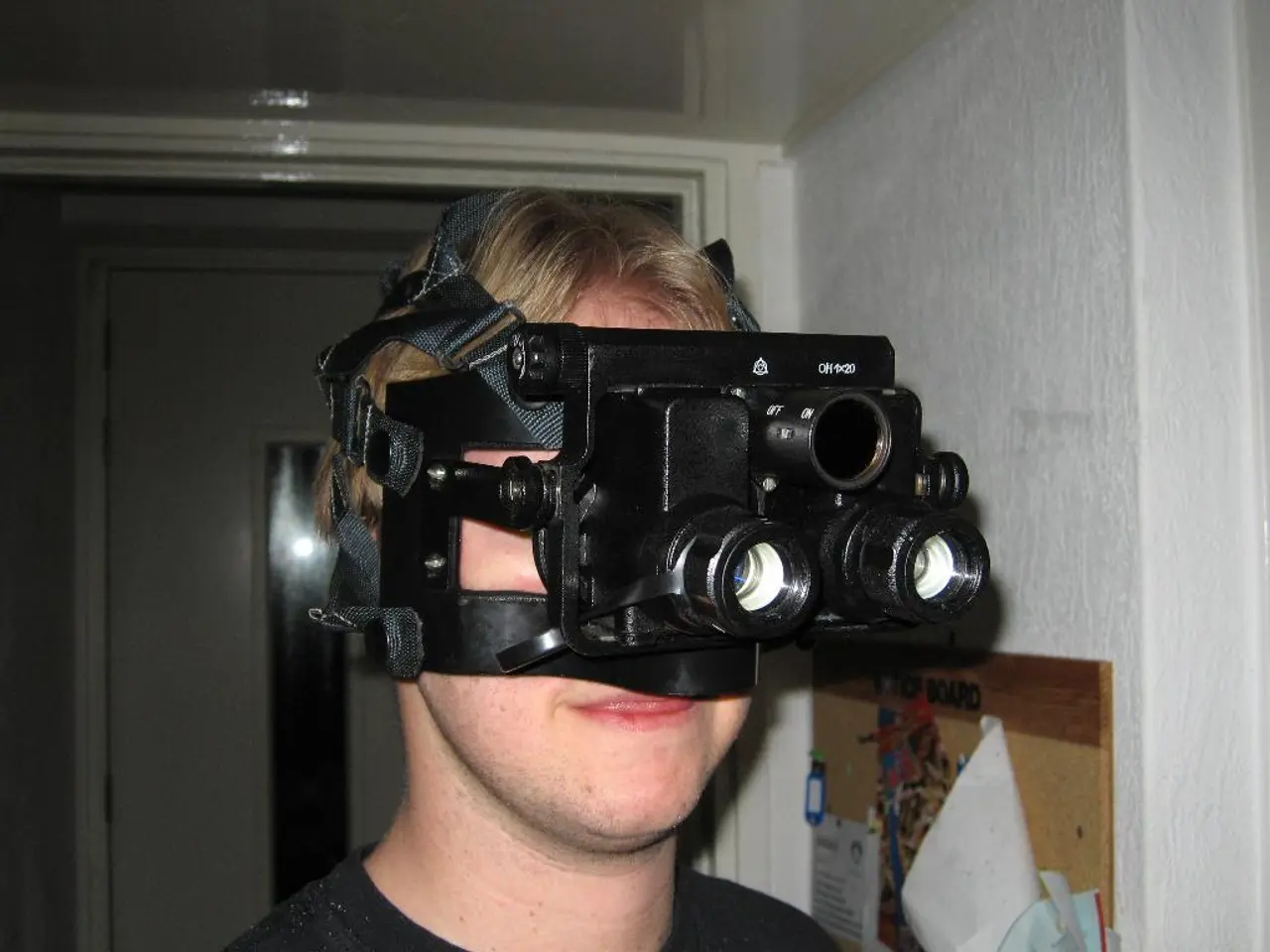Sight of an infection triggers activation of the human immune response system
Virtual Reality Exposure Triggers Immune System Response
In a groundbreaking study, researchers at the University of Lausanne and University of Geneva in Switzerland have discovered that virtual reality (VR) presentations of sick-looking avatars can trigger an immune system response, mimicking the body's defense mechanisms against real pathogens [1][3][5].
The study involved approximately 250 participants who wore VR headsets and were shown artificial images of human-looking avatars. Some of the avatars appeared sick with an infection, while others looked healthy. The participants' brain activity was monitored while they looked at the avatars to track reactions to the visuals [4].
The researchers found that the brain's reaction to the sick-looking avatars sparked an immune response, even before a pathogen had entered the body in reality. Specifically, the brain's salience network and regions responsible for monitoring peripersonal space differentiated sick avatars from fearful or neutral ones, indicating specific processing of infection threats rather than general danger [1][5].
This neural activation was accompanied by a rise in immune cell activity in the blood, notably in innate lymphoid cells (ILCs) and natural killer cells, which are part of the body's first line of defense against infections [1][4][5]. Participants viewing sick avatars in VR showed faster reactions to tactile stimuli, indicating heightened alertness related to infection risk [1][2].
The immune system response resembled that triggered by real infection or vaccination, suggesting a neuro-immune interface where visual detection of potential infection stimulates the body's defenses preemptively [3][5]. This anticipatory immune activation aligns with the "smoke detector principle," meaning it is adaptive for the body to err on the side of caution by priming immune responses even when there is no actual pathogen exposure [5].
While the exact mechanisms of brain-immune communication remain under study, and it is unclear if VR-triggered responses have long-lasting protective effects like vaccines, these findings demonstrate that mere visual cues of sickness, even virtual ones, can mobilize immune defenses.
The research team is considering using VR stimuli to boost standard vaccination and modulate immunity in people with autoimmune or inflammatory diseases. Jandus, a team member, is testing the idea of repetitive VR exposures to potentially desensitize allergic patients to bee and wasp stings [6]. However, there is no experimental evidence yet to confirm whether VR stimuli could lead to an overreactive immune system.
The study was edited by Matthew Ward Agius and published today in the journal Nature Neuroscience [7]. While this research is still in its early stages, it opens up exciting possibilities for the use of VR as a non-pharmacological approach to treat people with allergies and potentially enhance the effectiveness of vaccines.
- This research shows the potential of using virtual reality (VR) not only for mental-health applications but also for health-and-wellness, as mere visual cues of sickness in VR can mobilize immune defenses.
- In the realm of science and technology, the discovery of VR's ability to trigger an immune system response suggests that fitness-and-exercise and nutrition industries might soon incorporate VR techniques for enhancing the body's first line of defense.
- With the rise of virtual reality, it is important to consider the implications for mental-health, as repeated exposures to virtual sickness could potentially lead to overreactive immune responses, possibly causing more harm than good.




